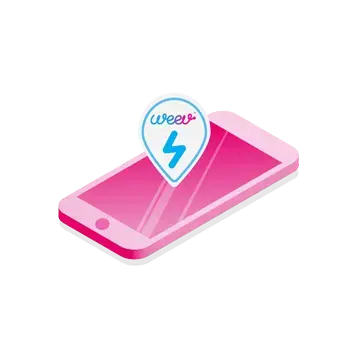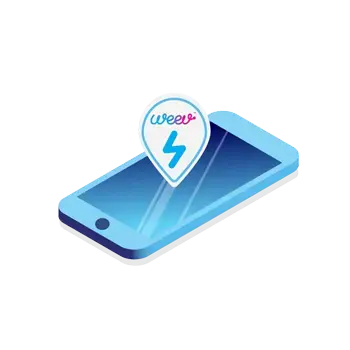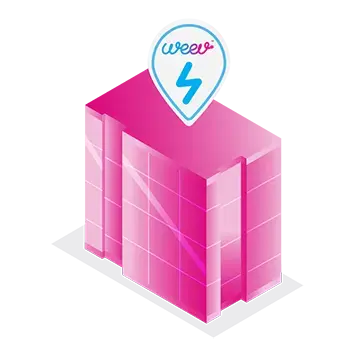At Home (5)
Home charging should be straightforward from setup to setting off. If you are unsure about anything, check out the knowledge hub. And if in doubt, give us a shout.
-
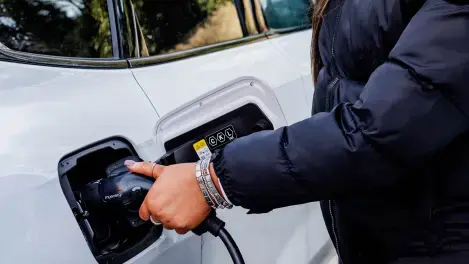 How long is a piece of string? The answer truly depends on several factors, including the vehicle spec, type of charger used, and charging time.
How long is a piece of string? The answer truly depends on several factors, including the vehicle spec, type of charger used, and charging time. -
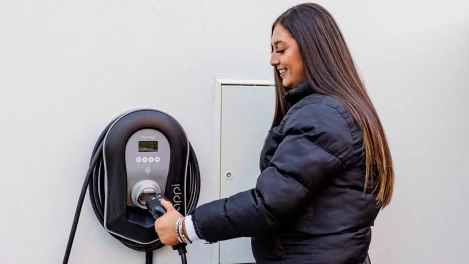 It’s not so much a question of best, but of best for you. Choosing the right charger for your EV is crucial for efficient home charging.
It’s not so much a question of best, but of best for you. Choosing the right charger for your EV is crucial for efficient home charging. -
 Here's how Weev can help you get EV charging at your apartment or multi-dwelling building.
Here's how Weev can help you get EV charging at your apartment or multi-dwelling building. -
 Here's how easy it is to go EV and install a Home Charger at your property with Weev.
Here's how easy it is to go EV and install a Home Charger at your property with Weev. -
 The price you pay for EV charging depends on your energy provider, the rate you pay, and the times you charge.
The price you pay for EV charging depends on your energy provider, the rate you pay, and the times you charge.
FAQs
Installing a home EV charger offers convenience, faster charging, and cost savings. It provides the flexibility to charge your electric vehicle overnight and enhances the overall EV ownership experience. Additionally, it may increase your home’s value and align with environmental goals, contributing to a lower carbon footprint.
Weev provides a variety of home chargers. To view our home chargers visit Our Chargers page.
Contact us at 028900948 or email at sales@weev.ie to reach a member of our team. They will assist you in finding a personalised solution for your home charging requirements.
- Quote Order: Simply Click "Get Started" button at the top of the page to order your Home Charger
- Pre-installation information: You will be sent a short survey to complete for our team to cross-check all the information you have provided, take payment and book your installation.
- Installation: The technician will install the charging station at the agreed-upon location, connecting it to your home’s electrical panel.
- Testing: The system will undergo testing to ensure it functions correctly and meets safety standards.
- Demonstration: The installer will provide you with a demonstration of how to use the EV charger and address any questions you may have.
Once you’ve placed your home Charger order, the next steps involve installing the Easee app on your phone and creating an account with your email address. After completing this, kindly inform the Weev team, and they will promptly transfer ownership of the charger to your account. This seamless process ensures that once the charger is installed, you’ll have immediate access to view its status and configure personalised charging settings using the app. You can download the Easee app from your app store or through this link: Easee App. Feel free to reach out if you have any questions or need assistance.
Yes, it is indeed possible to install a home EV charger even if you don’t have a garage. Home EV chargers can be installed in various locations, including driveways and other designated parking areas. The key considerations include proximity to your electrical panel, weather protection for the charging station, and compliance with local regulations.
It is recommended to hire an experienced OZEV Weev EV charging professional for a safe and reliable installation.
The charging time for your electric vehicle at home depends on the capacity of your home charger, the electric vehicle’s battery size, and the current state of charge. To find out more about the different home chargers available visit Charger Types.
The SEAI Electric Vehicle Home Charger Grant is available for those in the Republic of Ireland and OZEV Home Charger Grant is available for those in Northern Ireland to support the installation of home chargers.
Maintaining a home EV charger is straightforward but essential. Regularly check for visible damage, keep the unit clean from debris, and manage the charging cable to prevent wear.
Each charger brand has its own App which you can use to operate your charger. The App will give you information on charger history and how much kW your car has revised in each session.
If you encounter technical issues with your home charger, then contact the charger manufacturer or email support@weev.ie
Click "Get Started" button at the top of the page to get a quote today to install your EV charger with Weev.
EV chargers are hardwired into your home and cannot be easily moved. It is essential to ensure that the charger is installed at a location where you can easily park your car each time to charge.
Yes, though the difference may not be substantial, you’ll still experience cost savings compared to traditional petrol/diesel expenses. It is recommended you review your current energy provider and change to the most competitive.
The main difference between the Type 1 and Type 2 chargers is that Type 1 has a circular five-pin design that can’t lock, while Type 2 chargers have a seven-pin layout and can lock your EV Cable in place.



